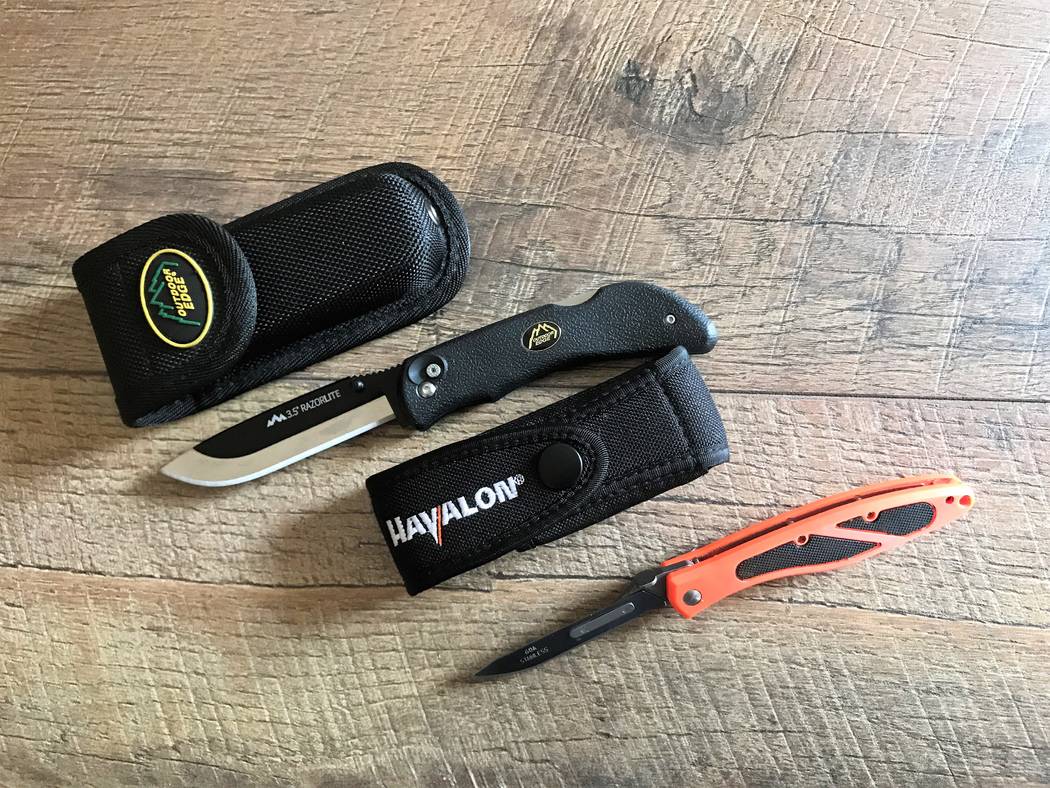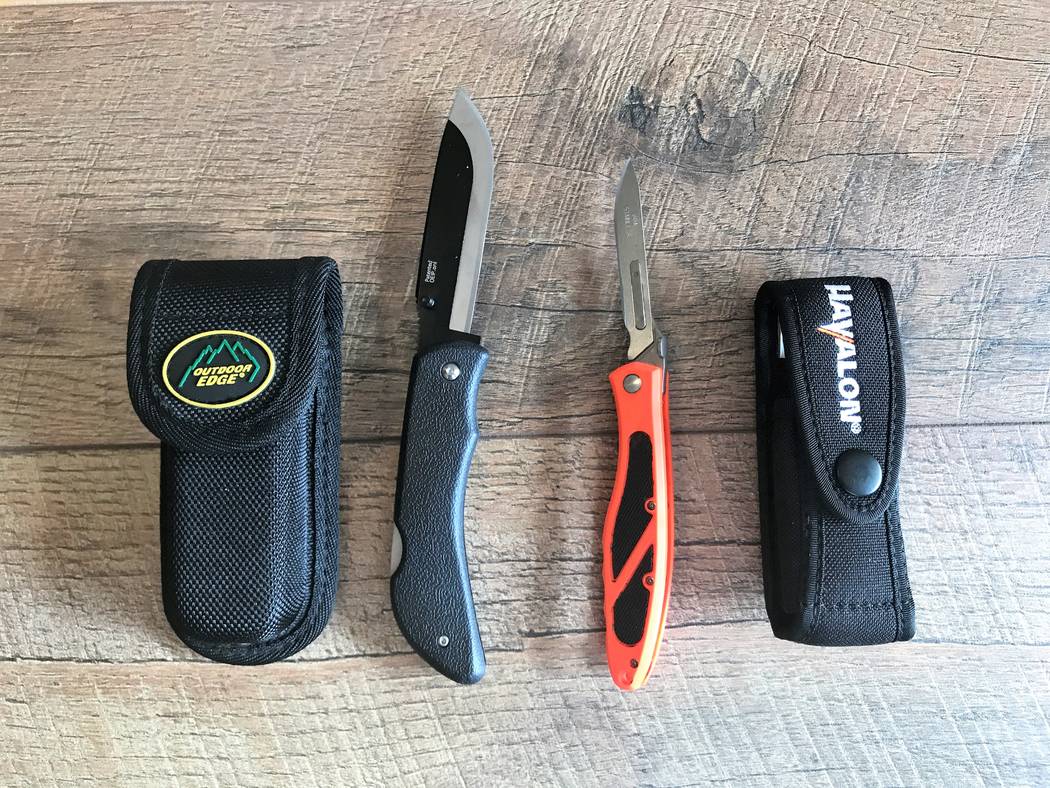2 lightweight knifes satisfy this traditional outdoorsman
When it comes to Christmas shopping, perhaps the most difficult person to buy gifts for is the grizzled outdoor enthusiast who’s lost a step or two and is beginning to show a little gray around the temple.
“So, what do you want for Christmas?” you ask.
“Oh, I don’t know. Let me think,” they respond while appearing to stare off into the distance.
Not because they don’t want to give you an idea, but because they aren’t sure themselves. That blank stare is like the indicator light on your computer’s hard drive. It’s letting you know they are hard at work sorting through their current inventory of outdoor gear and comparing its contents against their wish list. If they have one.
The problem is that by the time the gray hair begins to make its debut, outdoorsmen already have accumulated a comprehensive supply of outdoor gear that represents years of experimentation. Reading about a product is one thing, but the trial and error process of evaluating that product in the field is another.
Because one is never enough, many of us have several knives in our outdoor collection. Some are the old-fashioned straight blade variety while others are the folding kind. Some require a scabbard while others are small enough to fit into your pants pocket. And some come with pliers, files, screwdrivers, wire cutters and a saw blade in addition to a cutting blade or two.
Can any self-respecting outdoor enthusiast ever have too many cutting tools?
While each one has its place, the problem with traditional knives is they tend to weigh a lot, relatively speaking. And when one is carrying at least two, and probably three knives while hiking into remote country, weight quickly becomes an issue. But there is something you can do to lighten things up for the outdoor lover on your Christmas shopping list.
Though I like the heft and feel of a traditional blade,and am quite wary of anything made with plastic, in any of its many forms, there are some excellent lightweight options available on the market today. I have used products from two companies in the field and can say that both knives function well, but each has its own strengths.
One is the Havalon Piranta, and the other is the RazorLite by Outdoor Edge. Both use replaceable stainless-steel blades, thus eliminating the need for a sharpening system in your daypack. Each knife comes with a nylon scabbard and includes a locking blade, and both are so light you might forget they’re in your backpack.
The Piranta uses a 2.75-inch blade that comes in two configurations. These blades are especially useful for skinning but also are good for making fine cuts where precision is important. On deer or antelope-sized game, you can expect to go through two to three blades during the field dressing process.
I have broken blades while cleaning both deer and antelope, but in all fairness, I was most likely using the Piranta to do something where a heavier blade would have been a better choice. This knife and a 50-pack of spare blades sell for about $45 and $30 respectively.
The RazorLite uses a heavier blade that measures 3.5 inches, and I really like its functionality. My friends first introduced me to the RazorLite while helping me dress my bighorn sheep. I really liked the knife’s heft and its feel in my hand, probably because it has a traditional feel to it. Above all, we didn’t have to change our blades.
Probably most important was the stiffness of the RazorLite’s blade, which is reinforced by the knife’s blade holder. The RazorLite comes with six additional blades and sells for about $42.
Both knives are an excellent addition to any hunter’s collection and will speed up the field-dressing process on big game. Of the two, I prefer the RazorLite’s design for changing out blades. As with so many things, which knife to choose is a personal choice, but I can say that I was so impressed with the RazorLite that I asked Santa Claus for one last Christmas.
Now I carry one of each so I can have the option to use the one I prefer for a specific task.
Freelance writer Doug Nielsen is a conservation educator for the Nevada Department of Wildlife. His “In the Outdoors” column, published Thursday, is not affiliated with or endorsed by the NDOW. Any opinions he states in his column are his own. Find him on Facebook at @dougwritesoutdoors. He can be reached at intheoutdoorslv@gmail.com





























